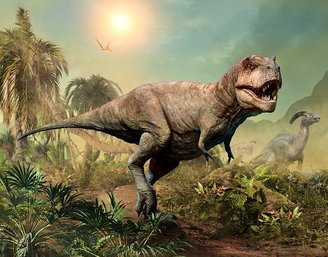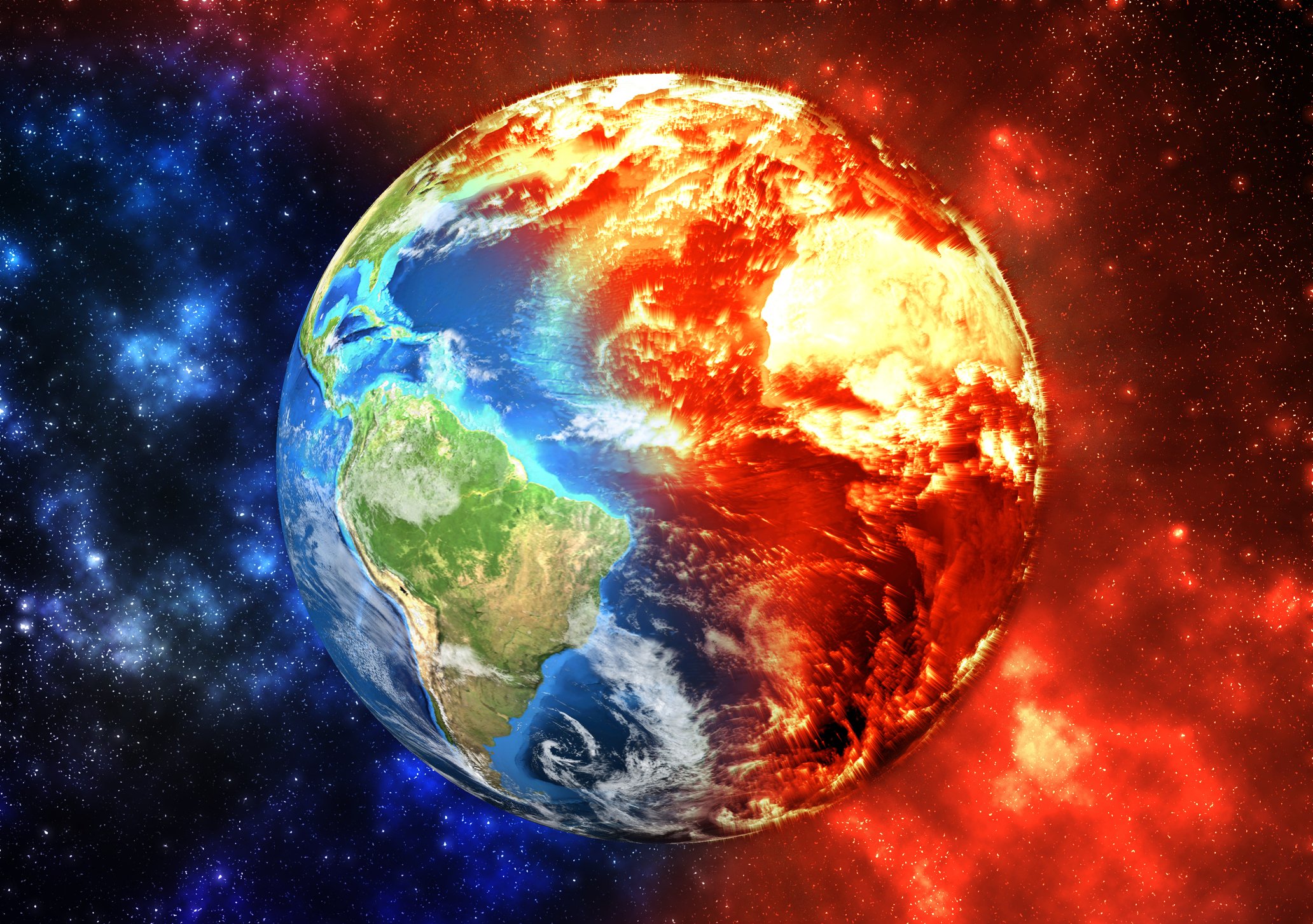According to scientists and geologists, the Earth was approximately 4.5 billion years old when the first ancestors of the human race appeared; this is a relatively new thing on the scale of planetary evolution. Throughout its journey through the solar system, our planet has experienced many dramatic events, among the best known of which culminated in the end of the dinosaur age.
It is known so far that Earth has experienced five major mass extinctions The recent publication of the SpaceToday profile on the
Very cool animation, showing 5 major mass extinctions that have already occurred on Earth!!! When will the next one be? Will we survive? pic.twitter.com/u7UtaujKO2
— Sacani (Space Today) – AKA Gordão Foguetes (@SpaceToday1) January 7, 2024
Although some studies suggest that humanity In the so-called Anthropocene, a geological epoch in which human action is distorting the planetThus offering a less than positive perspective for humanity’s future on Earth, looking at our geological past can help us understand what the end of each era looks like and whether we are truly on the verge of human civilization as we know it.
5 mass extinctions on Earth
1. Ordovician-Silurian, 440 million years ago
The extinction, which occurred at the transition from the Ordovician to the Silurian period about 443 million years ago, may have wiped out 60% of the planet’s marine species, such as trilobites and molluscs. Movement of continents towards the south pole may have caused intense glaciation This led to global cooling, the formation of glaciers and falling sea levels.
2. Devonian, 370-360 million years ago

The transition from the Devonian to the Carboniferous period, which occurred approximately 367 million years ago, may have wiped out 70% of existing marine species. The most accepted theory explaining the extinction points to a combination of changes in sea levels, climate fluctuations, and even possible anoxia (lack of oxygen) in the oceans.
3. Permian, 250 million years ago

Known as the largest extinction in the history of the planet, the extinction occurred approximately 251 million years ago during the transition from the Permian to the Triassic. Loss of 96% of marine species and approximately 70% of land species. Causes for this included large-scale volcanism, sudden climate change, anoxia and ocean acidification, and even an asteroid or comet impact.
Also read:
4. Triassic, 200 million years ago

Volcanic activity, climate change and the cosmic impact of an asteroid (note, this is not the one from the Cretaceous period!) These may be the reasons for the extinction that occurred between the Triassic and Jurassic, approximately 201 million years ago, and wiped out 76% of marine species and 20% of land species.
5. Cretaceous, 65 million years ago

Although not as devastating as the Permian, Cretaceous-Paleogene extinction event, Popularized as the extinction of dinosaurs This was one of the most traumatic events in Earth history. The event, which occurred 65 million years ago, was a series of events triggered by the impact of a large asteroid or comet that formed the Chicxulub Crater in what is now Mexico’s Yucatán peninsula.
Anthropocene

There is no doubt Current human activities have had significant impacts on global planetary systems, such as climate change, biodiversity loss, pollution and changes in rock layers.. But formalizing the beginning of a new geological epoch (the Anthropocene) still depends on approval by the International Union of Geological Sciences in August.
Stay updated on TecMundo with more topics like this and take the opportunity to learn how the greenhouse effect could make the Earth uninhabitable.
Source: Tec Mundo
I’m Blaine Morgan, an experienced journalist and writer with over 8 years of experience in the tech industry. My expertise lies in writing about technology news and trends, covering everything from cutting-edge gadgets to emerging software developments. I’ve written for several leading publications including Gadget Onus where I am an author.












